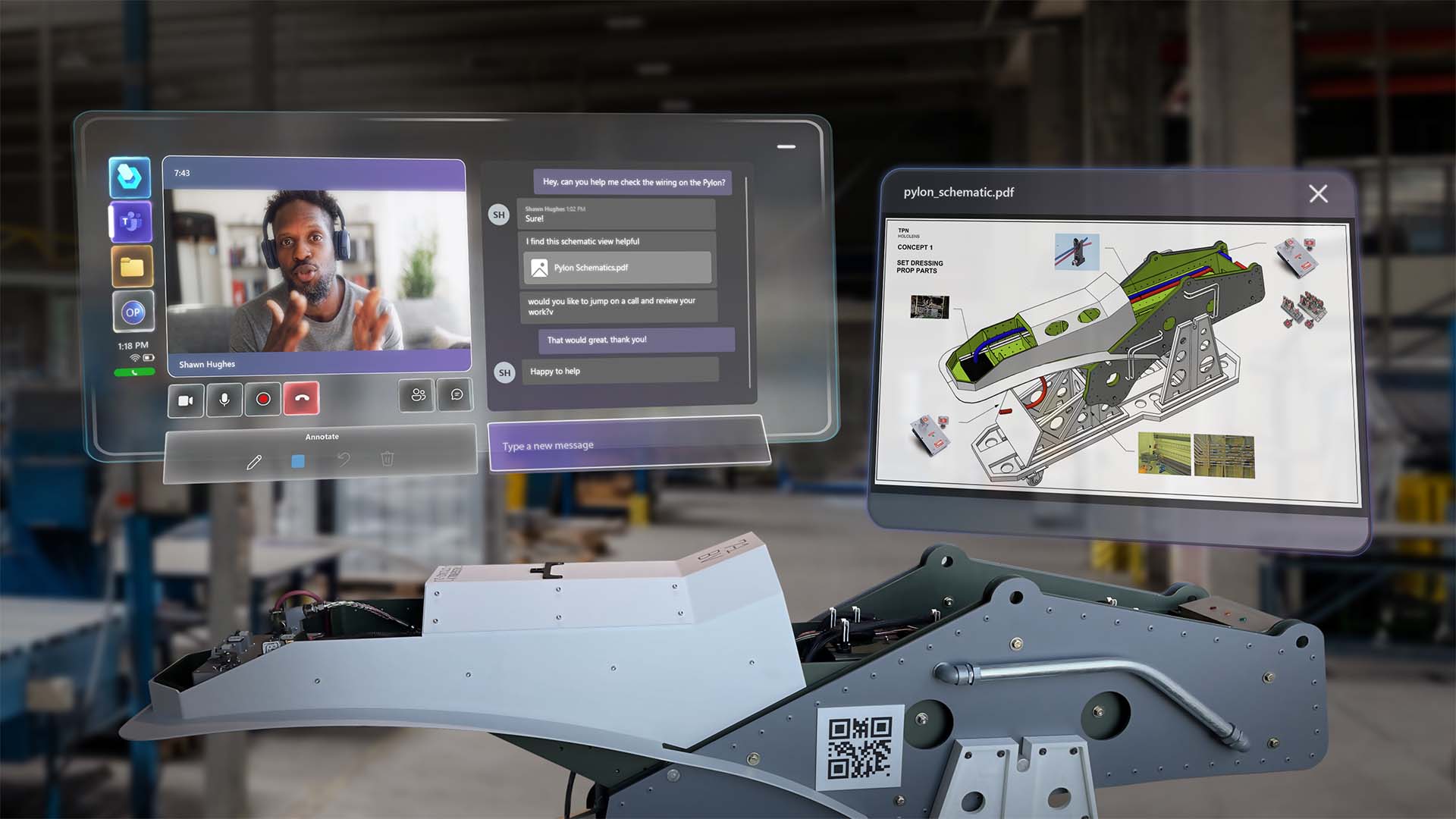- Get link
- X
- Other Apps
Customers like the U.S. Army are helping improve both software and hardware, while others are helping drive industry-specific improvements that may eventually have broader application, Evans said. It’s akin to how technologies like ceramic brakes and variable valve timing first appeared in Formula 1 but ultimately went from the racetrack to everyday streets.
“The military program has its own set of requirements that are tuned to the needs of the soldier. So, it’s helping push the whole platform forward. It’s great to have early adopters that are driving requirements because you end up with this trickle-down effect,” Evans said.
One thing Evans has said Microsoft hears from customers is that, unlike consumers who expect a constant crop of new gadgets, businesses don’t want to have to replace their devices every two years. That causes too much churn. “No one wants to be obsoleted for 10% better capabilities. They don’t need a successor yet, but they want to know it will be there at the right time,” he said.
Evans said Microsoft is pushing forward on all core hardware technologies: display, tracking, sensors, battery life. “We’re just looking for the right design point to make it a meaningful update. They want a successor device that’s going to enable an even higher return on investment,” Evans said.
As the HoloLens hardware and software continue to evolve, Toyota’s Kleiner expects Guides to remain “the killer mixed reality app” for frontline workers. One day, it could be like Word, available on any device. But for now, Toyota will keep rolling out HoloLens 2 headsets across the company, giving frontline workers the tools to work and collaborate in new ways.
“We now have a device we can deploy to every person,” Kleiner said. “It’s easy to maintain, and it allows our workers to participate in the larger conversation, regardless of rank or team structure. Everyone has a voice now.”
- Get link
- X
- Other Apps

Comments
Post a Comment